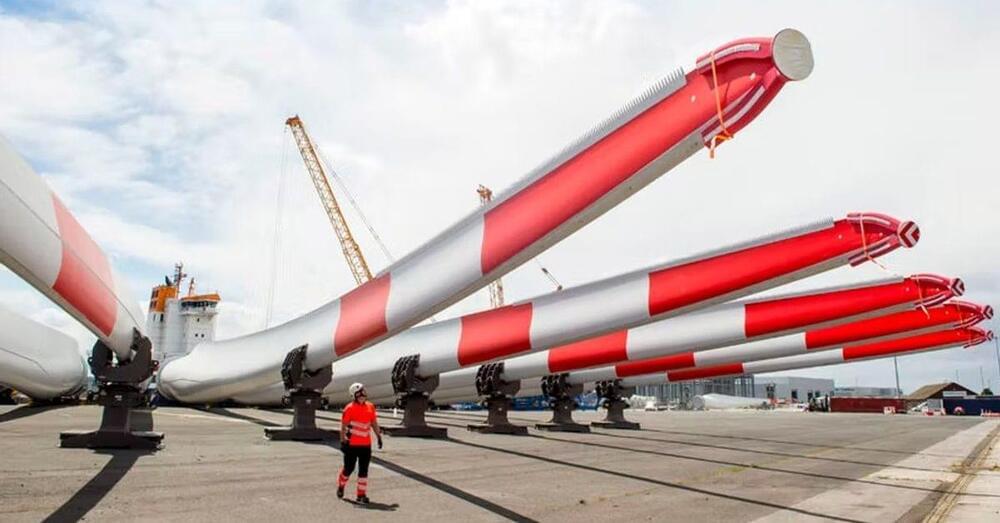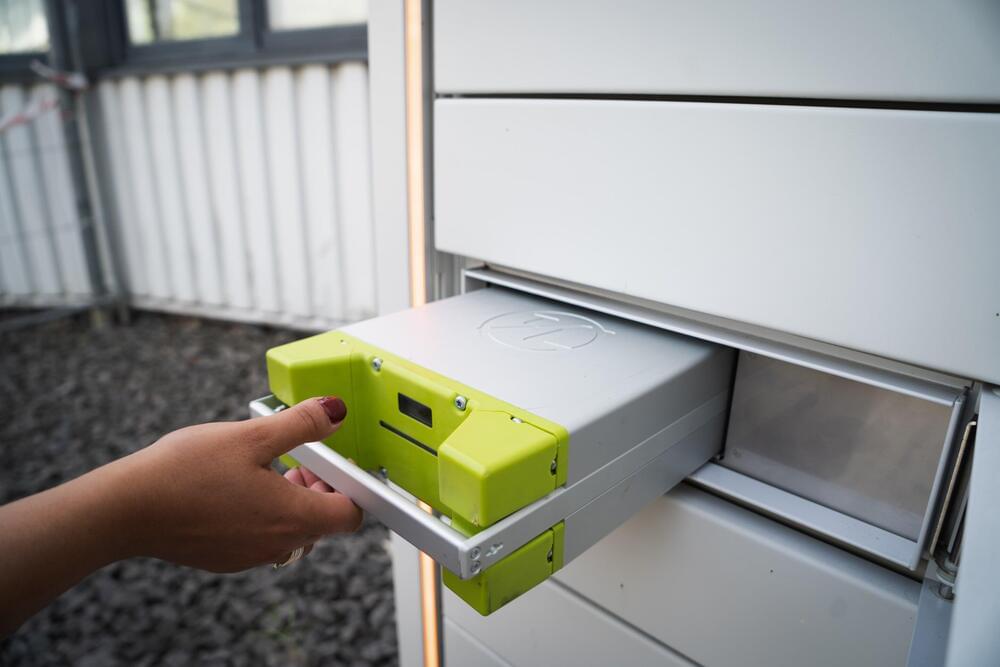T he introduction of lithium-ion (Li-ion) batteries has revolutionised transport technology. We wouldn’t be witnessing the current electric vehicle (EV) revolution without them. However, with the production of these batteries, which contain lithium and cobalt, comes associated with environmental and social costs. In the Democratic Republic of Congo, which accounts for 60% of the world’s supply of cobalt, a large number of unregulated mines use children as miners.
Children as young as 7 “breathe in cobalt-laden dust that can cause fatal lung ailments while working tunnels that are liable to collapse,” notes this report in The Guardian. Meanwhile, lithium mining has resulted in significant loss of groundwater in South America, while toxic leaks resulting from the process have poisoned water bodies in Tibet.
To lessen the burden on the environment, while meeting the growing demand for EVs, one possible solution could be recycling these Li-ion batteries.








